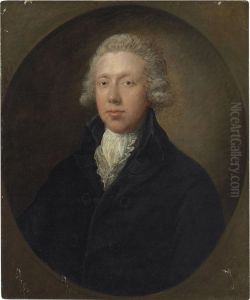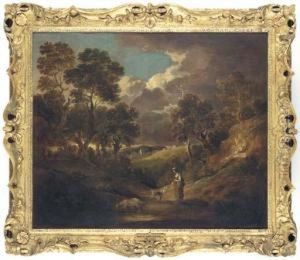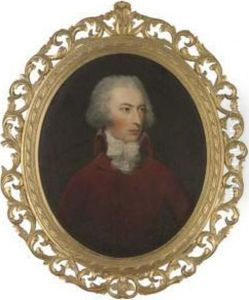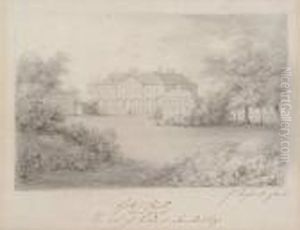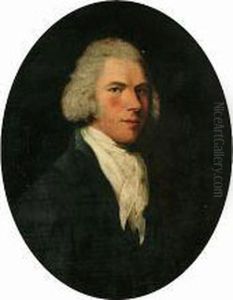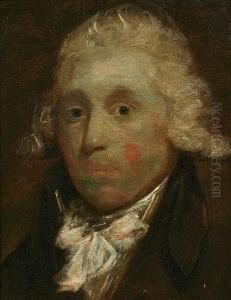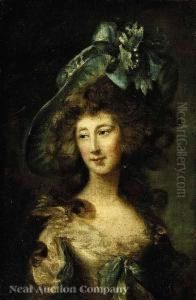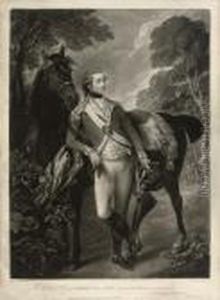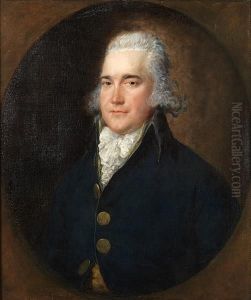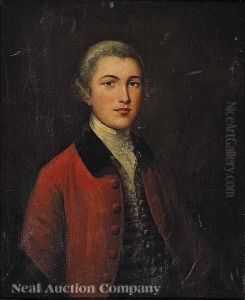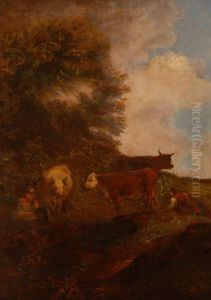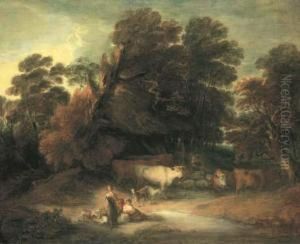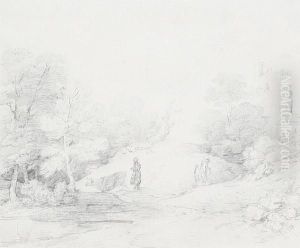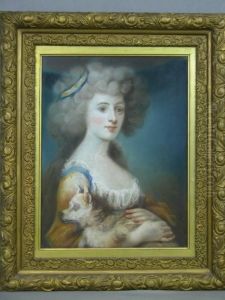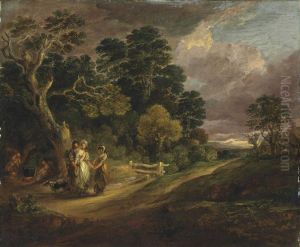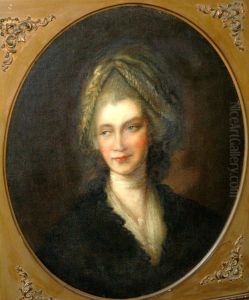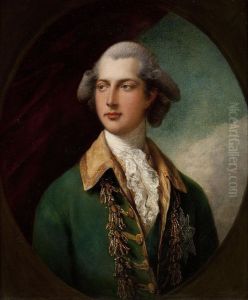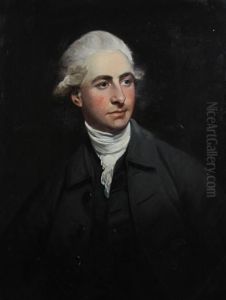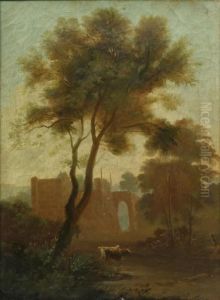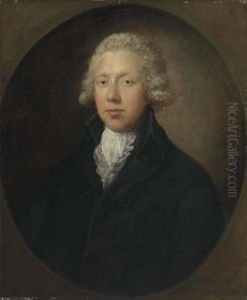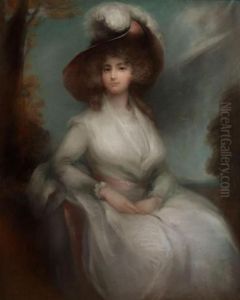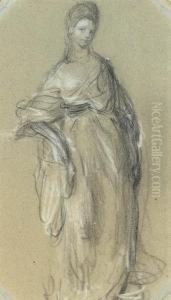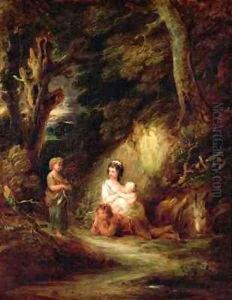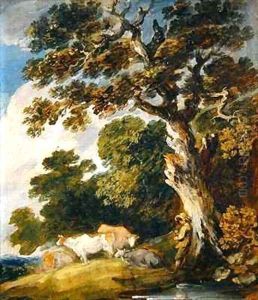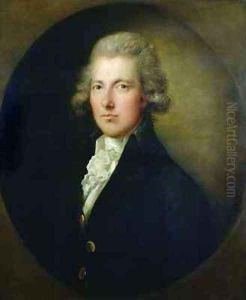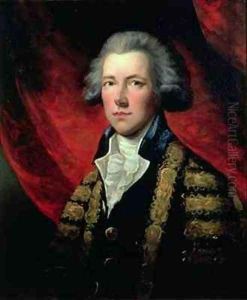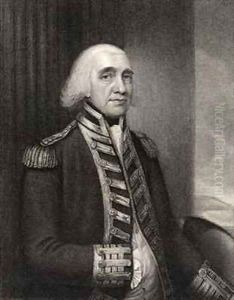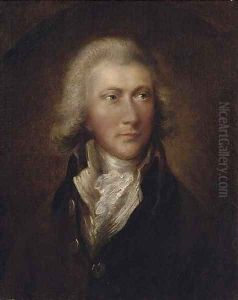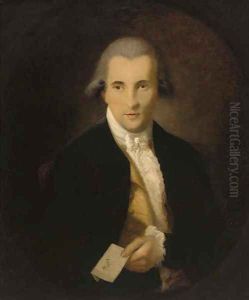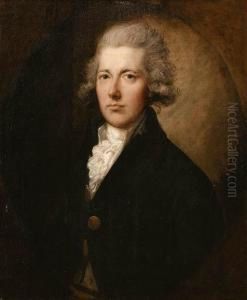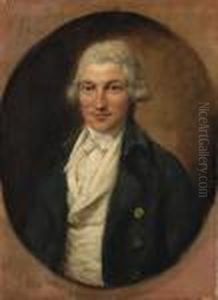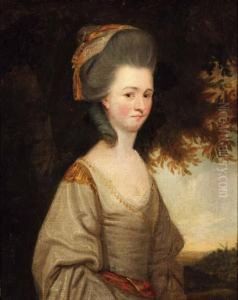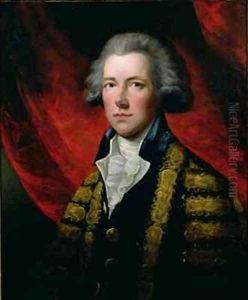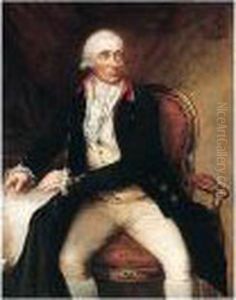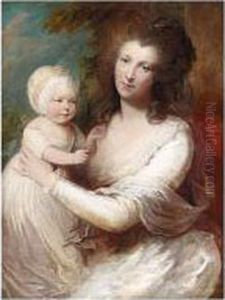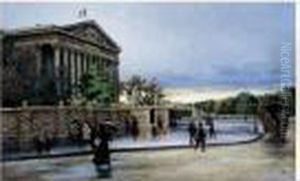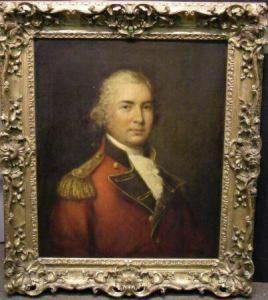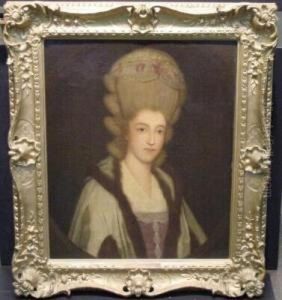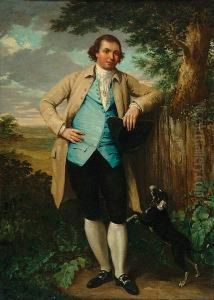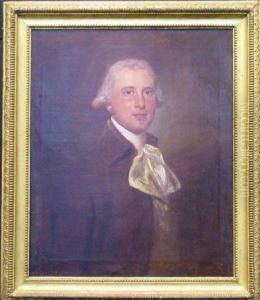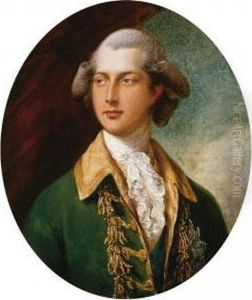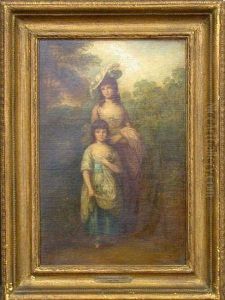Dupont Gainsborough Paintings
Thomas Gainsborough, often mistakenly referred to as Dupont Gainsborough due to a later relative named Gainsborough Dupont who was his nephew and assistant, was one of the most prominent English portrait and landscape painters of the 18th century. Born in Sudbury, Suffolk, England, in 1727, Gainsborough was the youngest son of John and Mary Gainsborough. From an early age, he displayed a natural talent for drawing and painting, which led him to move to London in his teens to study art. There, he trained under engraver Hubert Gravelot and came into contact with French rococo influences.
Gainsborough started his career as a portrait painter in London, but in 1748, he moved to Ipswich and later to Bath, where he gained popularity among the wealthy and aristocratic patrons. His style was characterized by a light palette, free brushwork, and a sensitive portrayal of his subjects. He was also a skilled landscape painter, often infusing his works with a romantic and idyllic quality that was ahead of his time, anticipating the later works of Romantic painters.
In 1768, Gainsborough became a founding member of the Royal Academy of Arts but had a contentious relationship with the institution throughout his life. He preferred to paint more informal and naturalistic portraits rather than the grandiose style that was favored by the Academy and his rival, Sir Joshua Reynolds. Notable works from his career include 'The Blue Boy', 'Mr. and Mrs. Andrews', and 'Lady in Blue'.
Gainsborough's talent was recognized by King George III, and he became a favorite painter of the royal family. Despite this royal patronage, he often expressed a desire to concentrate on his landscapes, which he famously regarded as his true passion. Gainsborough continued to innovate throughout his career, experimenting with various techniques and mediums.
He died in 1788 in London after a battle with cancer. His artistic legacy is significant; he is regarded as one of the key figures in the development of British landscape painting and portraiture. His works are held in major museums and collections around the world, including the National Gallery in London and the Frick Collection in New York.
